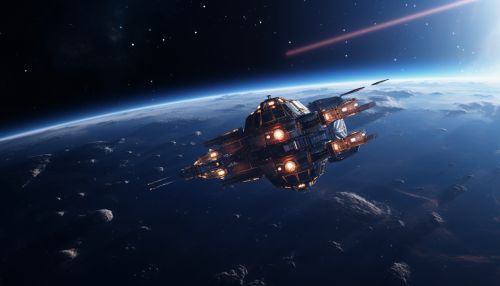Orbit
Introduction
An orbit is the gravitationally curved trajectory of an object, such as the trajectory of a planet around a star or a natural satellite around a planet. In most cases, the object in orbit is in free fall, with the central force of gravity acting to keep it in orbit.
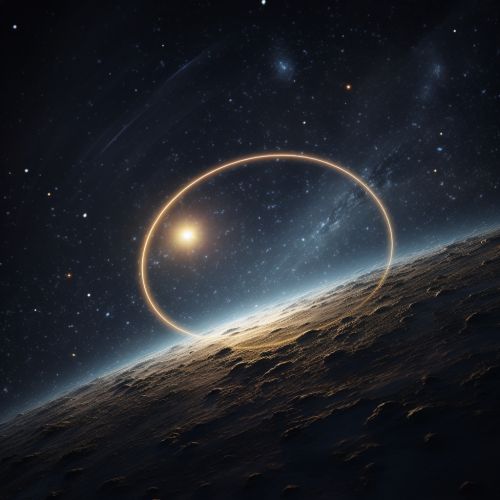
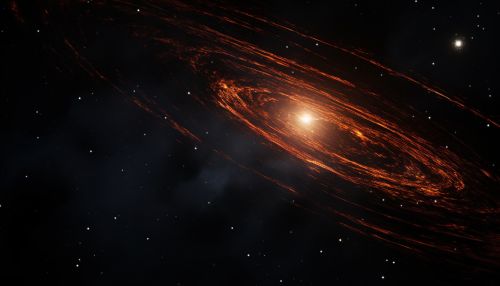
Physics of Orbits
The physics of orbits are governed by celestial mechanics, a branch of physics that deals with the motions of celestial bodies under the influence of a gravitational field. The central force of gravity acts to keep an object in orbit, with the object in free fall towards the central body.
Kepler's Laws
The motion of objects in orbits is described by Kepler's Laws, which were formulated by the German astronomer Johannes Kepler in the 17th century. These laws state that:
1. The orbit of a planet is an ellipse with the Sun at one of the two foci. 2. A line segment joining a planet and the Sun sweeps out equal areas during equal intervals of time. 3. The square of the orbital period of a planet is directly proportional to the cube of the semi-major axis of its orbit.
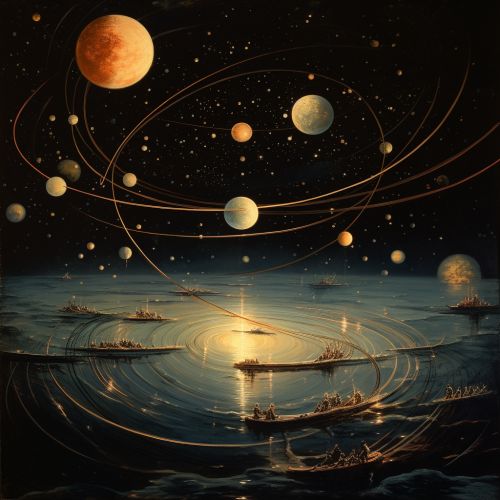

Gravitational Forces
The gravitational force acting on an object in orbit is the force that keeps it in orbit. This force is directed towards the central body and is inversely proportional to the square of the distance between the two bodies. This is known as the Law of Universal Gravitation, formulated by Sir Isaac Newton.
Types of Orbits
There are several types of orbits, each with unique characteristics and uses. These include geocentric orbits, heliocentric orbits, and lunar orbits, among others.
Geocentric Orbits
Geocentric orbits are orbits around the Earth. They are further classified into Low Earth Orbit (LEO), Medium Earth Orbit (MEO), Geostationary Orbit (GEO), and High Earth Orbit (HEO), depending on their altitude above the Earth's surface.
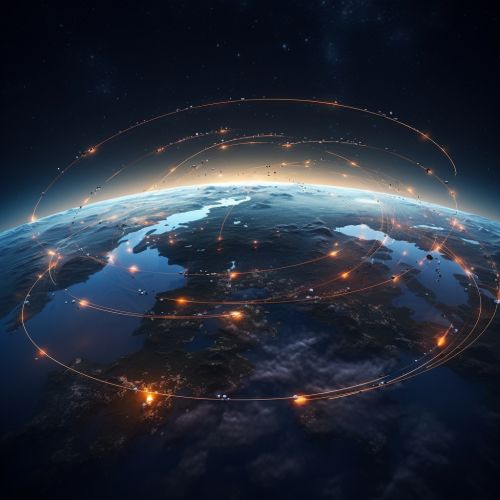
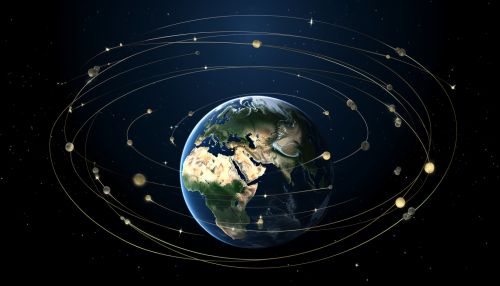
Heliocentric Orbits
Heliocentric orbits are orbits around the Sun. These include the orbits of the planets in the solar system, as well as the orbits of many asteroids and comets.
Lunar Orbits
Lunar orbits are orbits around the Moon. These are used by lunar satellites and by spacecraft on missions to the Moon.
Orbital Mechanics
Orbital mechanics, also known as flight mechanics, is the study of the motions of artificial satellites and space vehicles moving under the influence of forces such as gravity, thrust, and aerodynamic drag.
Orbital Elements
The state of an orbiting body at any given time is defined by a set of six parameters known as the orbital elements, or Keplerian elements. These elements include the semi-major axis, eccentricity, inclination, argument of periapsis, longitude of ascending node, and true anomaly.
Orbital Maneuvers
Orbital maneuvers are the set of techniques used to change the velocity, and hence the orbit, of a spacecraft. These include Hohmann transfer orbits, bi-elliptic transfers, and gravity assists, among others.

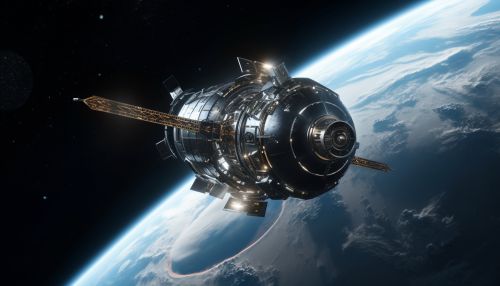
Applications of Orbits
Orbits have many practical applications, particularly in the field of space exploration and satellite technology.
Satellite Technology
Satellites in various types of orbits are used for a wide range of applications, including communication, weather monitoring, navigation, and Earth observation.
Space Exploration
Understanding orbits is crucial for space exploration, as it allows for the planning of missions to other planets, moons, and asteroids.

